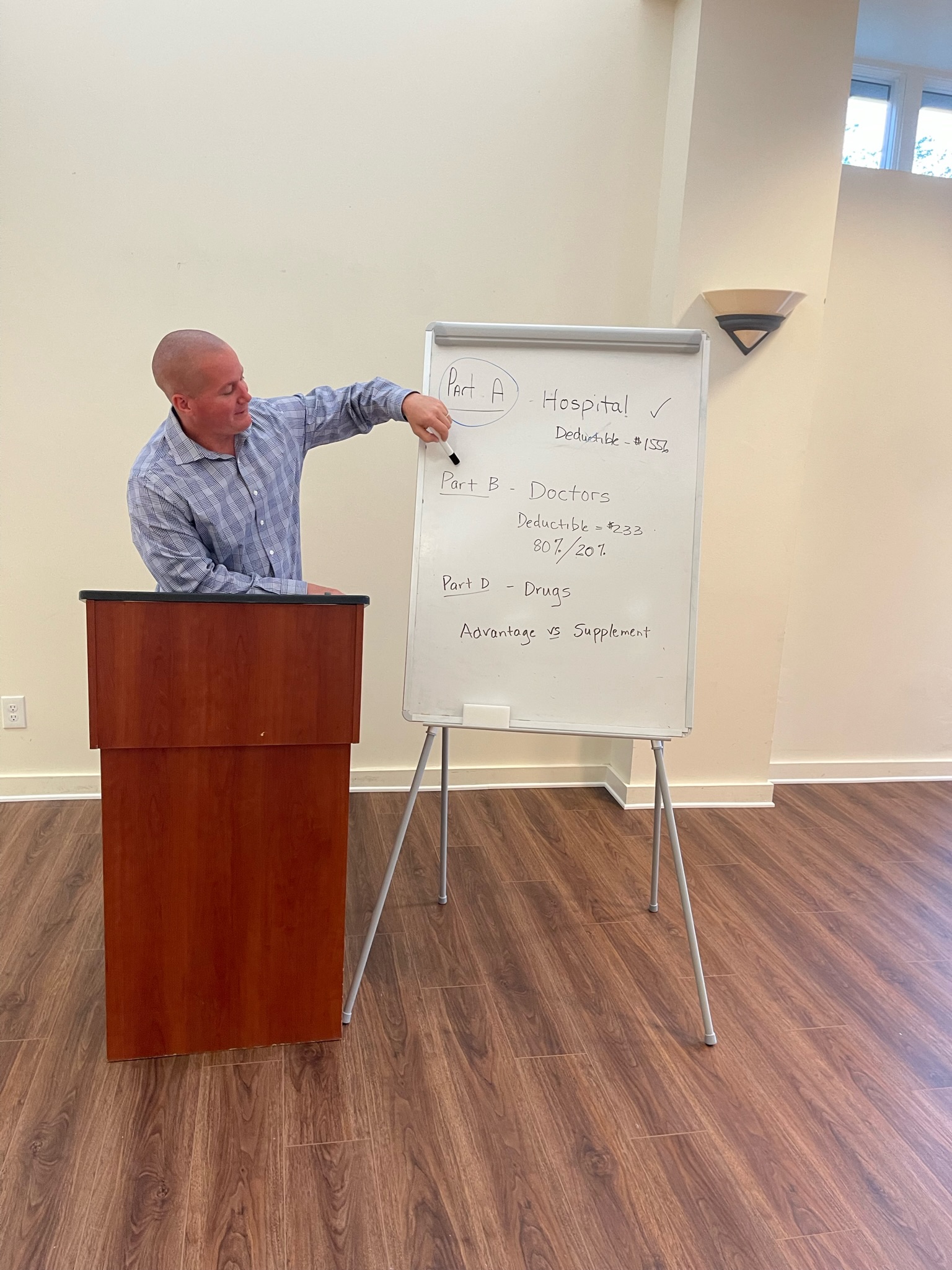Unknown Facts About Medicare Advantage Agent
Unknown Facts About Medicare Advantage Agent
Blog Article
What Does Medicare Advantage Agent Do?
Table of ContentsThe Basic Principles Of Medicare Advantage Agent The Best Guide To Medicare Advantage AgentNot known Details About Medicare Advantage Agent

follows from confusing the perplexing young fairly profile of the uninsured with the better health, wellness average, standard younger personsMore youthful For those without accessibility to work environment wellness insurance coverage, bad health and wellness is a possible obstacle to buying nongroup protection since such coverage might be very priced, omit preexisting problems, or be simply unavailable. Unless otherwise noted, nationwide estimates of people without wellness insurance coverage and proportions of the populace with different kinds of insurance coverage are based on the CPS, the most commonly used source of price quotes of insurance policy protection and uninsurance rates.

Our Medicare Advantage Agent PDFs
The connection between wellness insurance policy and access to care is well developed, as recorded later in this chapter. The partnership in between health and wellness insurance and wellness results is neither straight neither easy, a substantial medical and wellness services study literature web links wellness insurance policy coverage
to improved enhanced to care, better much betterTop quality and improved enhanced individual population health wellness. The second report, on individual wellness outcomes for without insurance grownups, is stood for by the innermost circle of the number, while the third report, on household wellness, incorporates the topics of the 2nd report however emphasizes a various system of analysis, particularly, the family.
It concentrates particularly on those without any kind of wellness insurance for any type of length of time. The problems encountered by the underinsured remain in some areas similar to those faced by the uninsured, although they are usually less severe. Uninsurance and underinsurance, however, entail definitely different policy issues, and the approaches for resolving them may vary. Throughout this research and the five reports to adhere to, the primary emphasis gets on individuals with no medical insurance and hence no support in spending for healthcare beyond what is offered via charity and security net institutions. Medical insurance is an effective element influencing receipt of care because both individuals and doctors reply to the out-of-pocket price of services. Wellness insurance policy, nonetheless, is neither essential nor adequate to get to clinical services. The independent and direct effect of wellness
insurance insurance policy protection access to health health and wellness is well established. Others will certainly get the health and wellness treatment they require also without health insurance, by spending for it out of pocket or seeking it from providers who use treatment free or at very subsidized prices. For still others, health insurance alone does not guarantee invoice of care due to various other nonfinancial obstacles, such as an absence of healthcare companies in their community, restricted access to transport, illiteracy, or etymological and social distinctions. Official research study about uninsured populaces in the USA dates to the late 1920s and very early 1930s when the Committee on the Expense of Healthcare produced a collection of records about funding physician office sees and hospitalizations. This concern became salient as the numbers of medically indigent climbed during the Great Depression. Empirical research studies constantly sustain the link in between access to care and boosted wellness outcomes(Bindman et al., 1995; Starfield, 1995 ). Having a normal source of treatment can be considered a predictor of accessibility, rather than a direct action of it, when wellness end results are themselves made use of as gain access to indications. This expansion of the idea of gain access to dimension was made by the IOM Board you can try here on Keeping An Eye On Access to Personal Wellness Care Provider(Millman, 1993, p. Whether or not parents are insured appears to influence whether or not their kids get treatment in addition to exactly how much careeven if the kids themselves have insurance coverage(Hanson, 1998). The wellness of moms and dads can influence their capacity to take care of their kids and the degree of household tension. Fretting about their youngsters's accessibility to care is itself a resource of stress for parents. 3 phases follow in this record. Phase 2 offers a summary of just how employment-based health insurance coverage, public programs and private insurance coverage run and interact to provide comprehensive yet incomplete coverage of the U.S. populace. This includes a review of historic patterns and public plans impacting both public and private insurance, original site a conversation of the interactions among the different sorts of insurance coverage, and an exam of why people move from one program to one more or finish up
Report this page